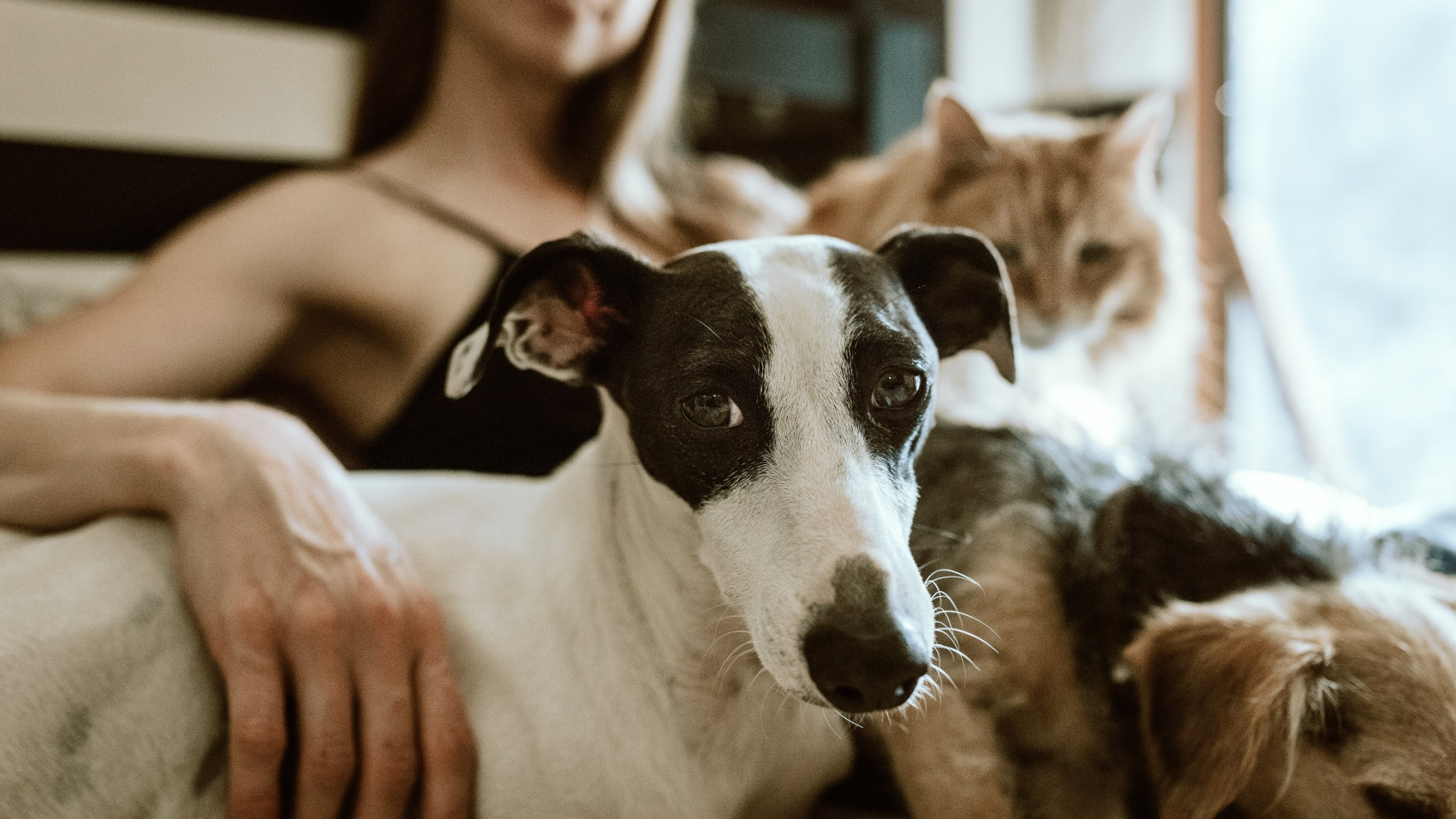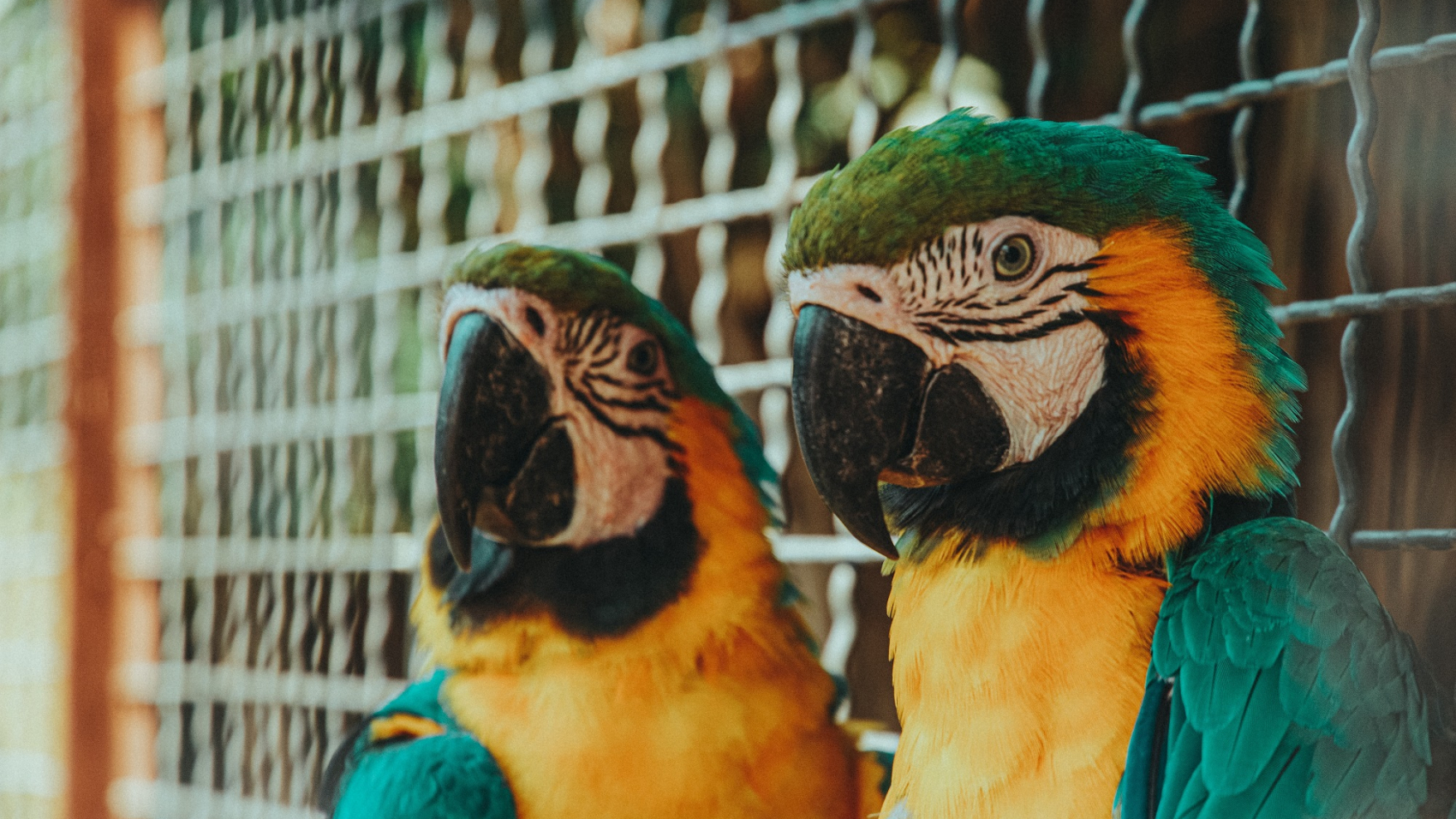My home is a dog-loving household.
It’s also one that I like to keep clean. Dog owners totally understand my struggle for a clean house. With four or more furry feet challenging that task daily, I’m very familiar with doggie footprints across my comforter, hair and fur everywhere and kibble that must be carried into another room before being consumed (although I’ve yet to figure out why).
It is possible to apply a variety of techniques to help you catch the dirt and debris that comes along with pets and clean effectively when you do. Here’s a list of my top ten favorites.
1. Use an automatic vacuum
With a pet, even a “non-shedding” pet, you need to vacuum constantly. Besides dog hair, dirt, leaves and other debris comes into the house on their paws and their fur, as they love to roll around in the yard. By the time you are done vacuuming the house, it’s time to do it again. My favorite keep-it-clean tip is a robot vacuum. It’s really made a huge difference at my house. It can run when I am gone or asleep at night. Some models can even be programmed to run on a set schedule.
2. Clean with a lint roller
Every pet owner has a lint roller collection. Take one of those and add it to your cleaning caddy. It is the perfect tool for tackling lamp shades, throw pillows, overstuffed furniture and pretty much anywhere Fido has been.
3. Give pedicures
Keeping your canine’s nails trimmed is a preventative measure for limiting unsightly nail damage. Scampering about with too-long nails results in marred hardwood floors, scratched leather and punctured upholstery. Modern Dog loves the Zen nail clippers!
4. Keep stain remover close by
Even the most perfectly housebroken dog can have an issue when they have a stomach bug or ate something they should not have eaten. Keep a cleaner on hand that is designed to tackle pet odors and stains. Use it on stains as soon as you see one, following package directions, so your chance for removal is higher. Try the powerful cleaners from Skout’s Honor for both indoor and outdoor messes.
5. Wipe your paws
Door mats really help with doggie paws even if you can’t train them to wipe their feet. Place a good quality doormat outside the door and a washable throw rug inside the door. These two items will catch a lot of dirt and debris simply from your dog walking across them.
6. Cover up
If your best friend has chosen a few frequent nap spots, throw a cover over those. Keep a couple spare sheets on hand so you can swap out as you clean the house. Not only will you protect furniture from dog hair and potential stains, but it will help keep doggie odors down. The sheets can easily be thrown in the wash whenever need.
7. Contain the mess
One spot that is nearly always a mess in a pet lover’s home is around the food bowls. Between bits of kibble and dribbled water, it can really get dirty. Placing a rimmed tray under the food dishes is a good way to catch some of the mess and allows for easy clean-up.
8. Stay on track
Getting a flea infestation in your house is one of the worst messes. Sprayings, combings, bombings, flea baths and more vacuuming are necessary chores. Stay on top of flea control by making it a priority. Grab your calendar or your phone and set up regular reminders to use flea preventions, or change flea collars.
9. Wash feet
Being prepared to wash paws on days with inclement weather is one way to cut down on dirt and mud tracked in your home. Add a hook by the door to hold a towel for wiping paws. You can use a rimmed baking sheet to hold a half-inch of water outside the door. Then, place your dog’s feet in the water and dry them off. Alternatively, you can use a dog paw washer. You add water and dunk your dog’s paws up and down in the washer, which contains soft brushes to get between the pads.
10. Invest in durable materials
To avoid clawed-up carpet and a dirty couch, opt for decor made of durable, sturdy materials. Indoor/outdoor rugs have a low pile that’s not easily torn and can be hosed down outside should any messes occur. Whenever possible, use stain-resistant fabrics in high traffic areas like the living room. They’ll be easier to clean and keep your home looking fresh.
Loving on your dog is a lot more important than being stressed over muddy paws and shedding, but you can use these steps to make things a bit easier.
In addition to being a dog lover, Lea Schneider is a professional organizational consultant who applies her organizing expertise to her own home. Lea writes her tips on keeping her home clean for The Home Depot. If you are researching vacuums for your house, you can view a wide assortment here.
SOURCE FROM: https://moderndogmagazine.com/articles/10-ways-have-dog-and-clean-home/99481

 Cart is empty
Cart is empty 

